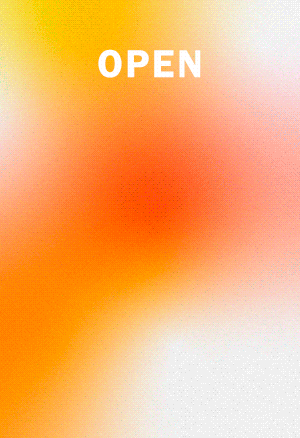Horacio Zabala
Henrique Faría, New York
Argentinean artist Horacio Zabala opened “Reiterations” , his first solo exhibition at Henrique Faría Fine Art, with an investigation of acts of censorship and how they impact the relationship to one’s surroundings and nationality .

Including work from the 1970s until now, the gallery’s fourth floor offered Zabala two rooms to explore three fundamental themes in his work: Cartographies, Duplications and Hypotheses—themes that have been central to his concerns throughout his career as both an artist and architect.
Exiled from Argentina, Zabala began producing work that increasingly advocated for free speech and analyzed restrictions placed on both social and artistic practices. In 1976, working from Rome, Zabala coordinated a global survey that interrogated art as a closed system coining the project name “Today, Art is Jail”—a slogan that penetrates his work and is the underlying thread throughout “Reiterations”.
The first room of the “Reiterations” dealt specifically with geography, displaying maps of South America that had in some shape or form been interfered with and/or defaced. These interferences were simultaneously aggressive and violent acts that expressed socio-political disapproval, as well as reinventions that added information to each map surface in order to infuse it with new meaning, proposing a renewed relationship to these geographical spaces. Seis Imágenes del fragmento 30 (América del Sur) II/ Six Images of fragment 30 (South America) was an activist-inspired piece. Using burning, Zabala created patterned holes throughout the interior of the image of the continent to create contours that echoed the layers of a cartographic map. Transcending their association to anti-patriotic acts of burning, the burn marks became a new language of measurement that quantified social concern—the precise meaning of which was left to interpretation.
Seis O bs trucciones de Am é rica del Sur/Six Obstructions of South America (from 1 to VI), 1973, dealt with the action of censorship and the fundamental act of erasure, that is crossing or blanking out. Referencing bureaucratic stationary inks, the work showed a series of six identical maps of South America each covered with a large block of ink in shades of red. Opposite, a series of maps titled Récord de Ocultamientos/ Concealed Record, 1973, was layered with blocks comprised of blue ink stamped squares that neatly covered the continent. Zabala’s ink blocks both omitted information and offered a new layer of visual abstract color to renegotiate.
In the passageway to the second room a pictorial equation comprised of two abstract square canvases and black symbols proffering a hypothetical sum hung above the doorway.
Inside, twenty-four sketches proposed iterations of hypothetical symbolic equations that combined abstract paintings of flat color with partially recognizable punctuation marks that, if created, would give each symbolic equation aesthetic form. Hypothesis XXIII, 2010, was one of these equations that had come to life, appearing as a fraction that divided and multiplied square canvases that suggested quantities.
A central Mylar and ink work hung above a fireplace with the slogan “Art is a Jail” neatly stamped in twelve columns across its surface. Despite its representing an important view rooted in the steadfast artist’s practice, in the exhibition the work appeared literal, overstating the obvious in what was otherwise an erudite and profound exploration of visual language.
-
 Hipótesis XXIII, 2010. Acrylic on canvas, enamel on wood. Dimension variable. Courtesy Henrique Faria, New York.
Hipótesis XXIII, 2010. Acrylic on canvas, enamel on wood. Dimension variable. Courtesy Henrique Faria, New York.
Acrílico sobre tela, esmalte sobre madera. Dimensiones variables. Cortesía Henrique Faría, Nueva York.




